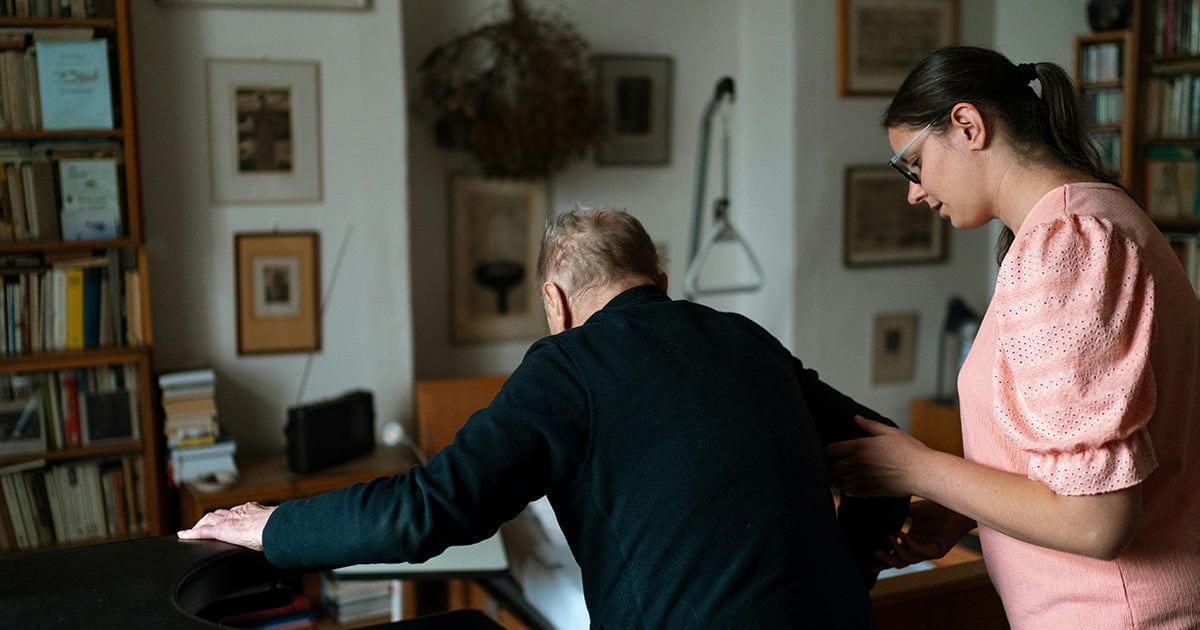Burnout diagnosis: what you should do now
The way our society deals with burnout is very ambivalent. On the one hand, burnout is preceded by a phase of high workload, which is seen as a ‘good’ performance and worth striving for. On the other hand, burnout is rightly seen as a bad thing, as those affected and their families suffer as a result. Nevertheless, there is a complete lack of preventative measures in most companies, and treatment options are so scarce that those affected have to expect very long waiting times. In this article, we explain what you need to do after a diagnosis so that you are prepared in the event of an emergency.

What to do after a burnout diagnosis?
Following a diagnosis of burnout, it is important to take comprehensive and targeted steps to manage the condition and promote recovery. Here are some steps you can take:
1. seek professional support
- Therapy: Psychotherapy, especially stress management therapy programs, can be very effective in treating the causes of burnout and developing coping strategies.
- Psychiatric Spitex: This offers care and help at home and in everyday life from qualified specialists, which can be particularly helpful if going to a doctor's office or clinic is an additional burden. Psychiatric Spitex can also help you with household chores, shopping or commuting to and from work, helping you to continuously improve your well-being.
2. make changes in the workplace
- Re-evaluate your workload: Discuss with your superiors ways of reducing your workload or distributing tasks differently. This step may be associated with shame. However, bear in mind that according to the SRG survey "Switzerland, how are you?", 17% of all adults have already experienced burnout. Your actions can help to raise awareness of burnout in the company and among colleagues.
- Schedule breaks: Regular breaks during the working day can help to avoid overexertion.
3. make lifestyle changes
- Regular time off and vacations: Make time for regular time off and consistently schedule vacation days to recuperate.
- Develop healthy routines: Establish healthy habits such as adequate sleep, healthy eating and regular physical activity.
4. build social support
- Family and friends: Let your family and friends know about your situation and how they can support you.
- Support groups: Sharing with others who are going through similar experiences can be relieving and offer useful tips.
5. practise self-care
- Mindfulness and self-care: Develop a mindful attitude towards your own needs and feelings. Be kind to yourself and recognize that burnout is a reaction to excessive stress, not a sign of weakness.
6. long-term planning
- Set goals: Consider what long-term changes are needed in your life and career to prevent future burnout. Break these goals down into smaller steps in order to make continuous progress.
- Career advice: A career change or further training may help you to increase your job satisfaction or find a position in which you are less exposed to the risk of burnout.
How do I get a burnout diagnosis?
A burnout diagnosis is made by your doctor, possibly a specialist. This is important on the one hand to ensure that you are not suffering from depression, and on the other hand so that you can take advantage of appropriate support services.
If you are not sure whether you are suffering from burnout, our "8 questions" can help you with an initial self-assessment.


